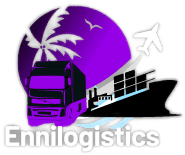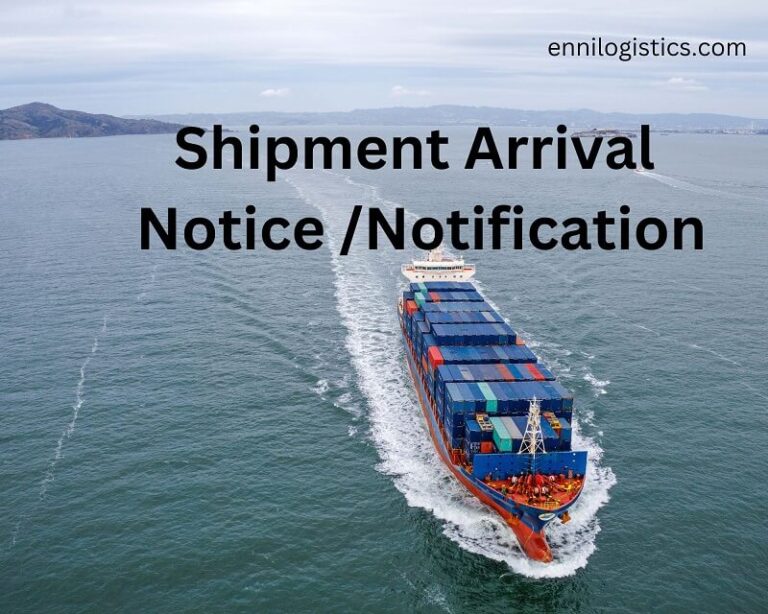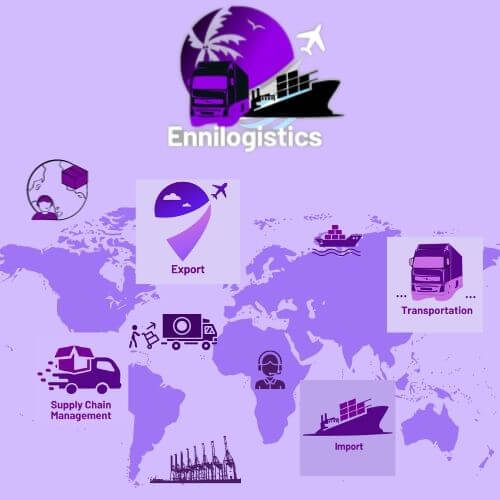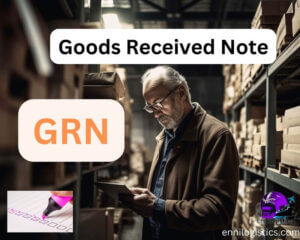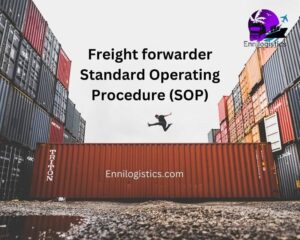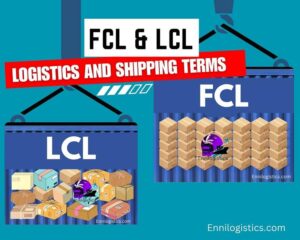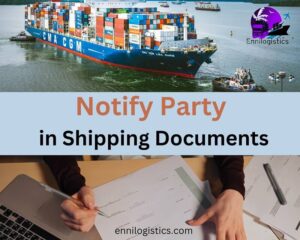A shipment arrival notice is also called a shipment arrival notification or cargo arrival notice. It is a document which is informing that a particular shipment has arrived at the destination port or expecting to arrive.
What is the purpose of sending a shipment arrival notice?
The main purpose ad objective is the shipment arrival notice, informing about shipment arrival to arrange the documents and activities in advance to efficient shipment picks up at the port.
Shippment arrival notice helps to customs brokers, consignees, and logistics providers to arrange their activities before the shipment arrives at the port.
Most of the carriers send arrival notices 3 to 5 days before. But it is depending on the carrier and freight forwarder that you have selected. It is important to ask for your carrier’s guidelines before the booking has done.
Air transport and ocean transport use shipment arrival notices.
Importance of shipment Arrival Notice or shipment arrival notification
Shipment arrival notice is more important to plan and arrange the documents of clearance and shipment delivery process at the port. There are more parties involved in the shipment clearance process. Such as consignees, custom brokers or customs house agents, and logistics providers.
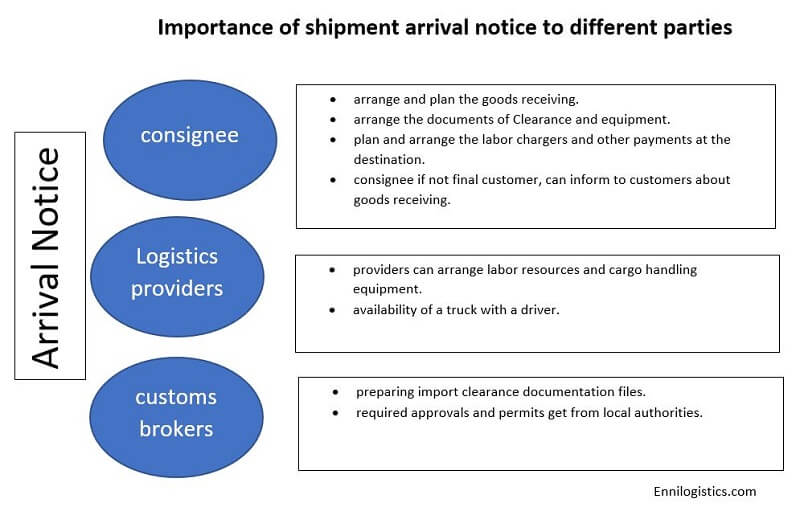
Importance to consignee
- arrange and plan the goods receiving
- arrange the documents of clearance and equipment
- plan and arrange the labor chargers and other payments at the destination
- consignee if not the final customer, can inform customers about goods receiving details
Importance to custom brokers/customs house agents/CHA
- preparing import clearance documentation file
- required approvals and permits get from local authorities
Importance to logistics providers
- With knowing the arrival date of shipments logistics providers can arrange labor resources as well as cargo handling equipment.
- availability of a truck with a driver
they can plan the shipment delivery with the consignee
Details including Shipment arrival notice or notification?
- Shipper details
- Consignee details
- notify arty details
- Bill of lading number/seaway bill number/airway bill number
- Vessel/Flight information-Name of the vessel, voyage, or flight number
- cargo information: description of the goods
- Container number(sea freight),ULD number(Air freight)
- ETA
- ATA
- Port of loading/Origin port
- Port of discharge
- Place of delivery
- cargo pick-up location
- Inco terms
- Payment terms and freight chargers
Who issues the Arrival notice/notification?
carrier and freight forwarder has the authority to issue arrival notices
If you choose a freight forwarder as a carrier, the carrier issues a shipment arrival notice to the freight forwarder. Then freight forwarder sends the shipment arrival notice to the customer/consignee.
when you are a direct customer of a carrier directly send an arrival notice to the consignee or notify the party.
How to send a Shipment arrival notice/notification?
There is no standard format or template for shipment arrival notices. So different carriers use different formats for sending arrival notices.
Large size of airlines and shipping lines, freight forwarders are using system-based arrival notices automatically. Such as TMS(Transport management system), and ERP systems.
Small-size airlines and shipping lines or eight forwarders use traditional or manual methods of sending arrival notices as documents through email.
Available shipment arrival notice templates
Shipment arrival notice is a mandatory document for shipping?
Actually, it is not a mandatory document in shipping. But is an important document in transport arranging to save money and time for all of the parties who involve in destination port operation. So usually most of the carriers and freight forwarders are sending shipment arrival notices to the consignee or notify the party on or before the shipment’s arrival at the destination port.
You may like to read,
Proforma Invoice and Commercial invoice: Everything you need to know
Certificate of Origin: Everything you need to know
ETA and ETD in shipping: Everything you need to know
What is (NVOCC) Non-Vessel Operating Common Carrier/Co loader?
What is Demurrage? Detention / Laytime / Despatch
Bill Of Lading: Everything You Need To Know
Master Bill of Lading(MBL) and House Bill of Lading(HBL): Everything you need to know
